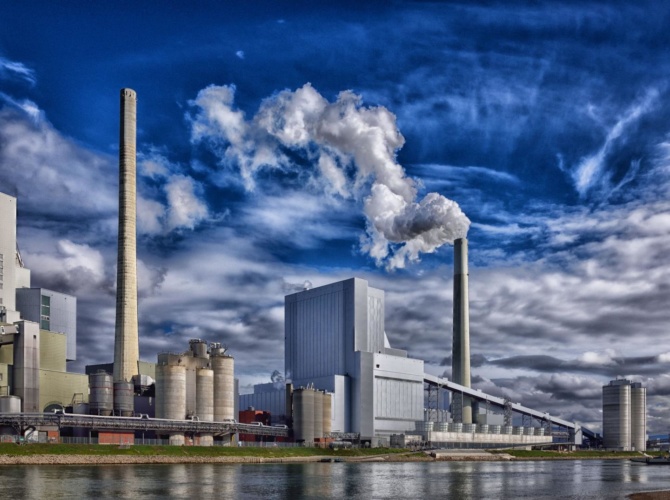
Researchers from the Graphene Flagship in Cambridge, working in collaboration with Italian and Israeli scientists, report that a composite composed of graphene and titania (titanium dioxide) could be a highly effective way of reducing the amount of NOx reaching the atmosphere from vehicle exhausts. The composite is a photocatalyst – that is, it becomes active when exposed to sunlight.
_____________________________________________________________________
Further reading
- Titania photocatalyst recycles CO2 into hydrocarbons
- Spin-out to develop purification products with photocatalysts
- Artificial photosynthesis could drive production of hydrogen
_____________________________________________________________________
NOx pollution is an increasingly serious problem, particularly in cities and in developing countries. The most troublesome source of the gases, which are highly hazardous to human health, is vehicle exhausts, and the congested cities of the developing world experience particularly high levels of pollution. The research was coordinated by a team from Italcementi, an Italian subsidiary of the Heidelbergcement Group; the idea being that the photocatalyst could be applied to the surface of cement used to construct buildings and infrastructure, to clean the air as the sun strikes the surface.
In the Royal Society of Chemistry journal Nanoscale, research coordinator Marco Goisis and his team, including chemists from from Cambridge, University of Bologna, Milan Polytechnic, Eindhoven University of Technology, and the Israel University of Technology, explain how they used liquid-phase exfoliation of graphite in the presence of titania nanoparticles to create a new graphene-titania composite suitable for application to cement surfaces. The degradation products from pollutants can be washed away from the surface.
"We answered the Flagship's call and decided to couple graphene to the most-used photocatalyst, titania, to boost the photocatalytic action," Goisis said. "Photocatalysis is one of the most powerful ways we have to depollute the environment, because the process does not consume the photocatalysts. It is a reaction activated by solar light."
The team tested the new composite against NOx and found that it was 70 per cent more effective at destroying the pollutant than titania alone. They also tested it against rhodamine B, a compound of the similar structure to volatile organic compounds also found in air pollution, and found that the composite was 40 per cent more effective at degrading this substance than titania alone.
"Coupling graphene to titania gave us excellent results in powder form - and it could be applied to different materials, of which concrete is a good example for the widespread use, helping us to achieve a healthier environment. It is low-maintenance and environmentally friendly, as it just requires the sun's energy and no other input," Goisis said.
The composite is not yet suitable for widespread deployment, however. It requires a cheaper way of producing graphene, and interactions between the catalyst cement need to be studied, and the long-term stability of the composite in the outdoor environment investigated.
"Photocatalysis in a cementitious matrix, applied to buildings, could have a large effect to decrease air pollution by reducing NOx and enabling self-cleaning of the surfaces - the so-called "smog-eating" effect. Graphene could help to improve the photocatalytic behaviour of catalysts like titania and enhance the mechanical properties of cement,” noted Xinliang Feng, Graphene Flagship Work Package Leader for Functional Foams and Coatings.










IET sounds warning on AI doll trend
I agree that we need to reduce cooling water demand for servers. And yes, generative AI consumes a large amount. But what about BitCoins? Their...